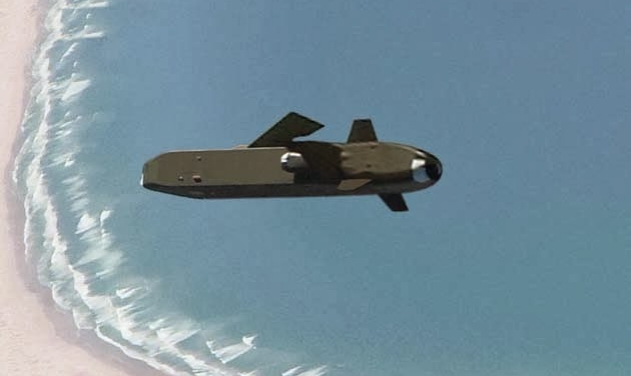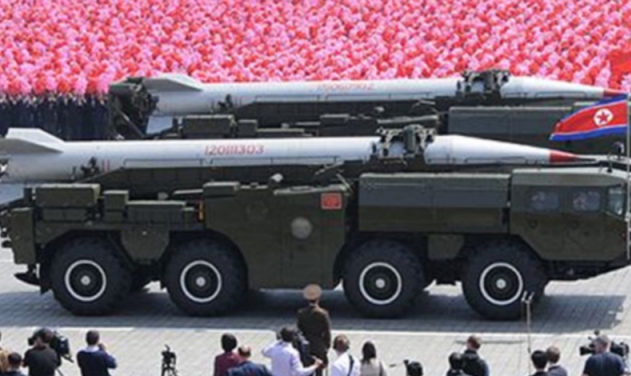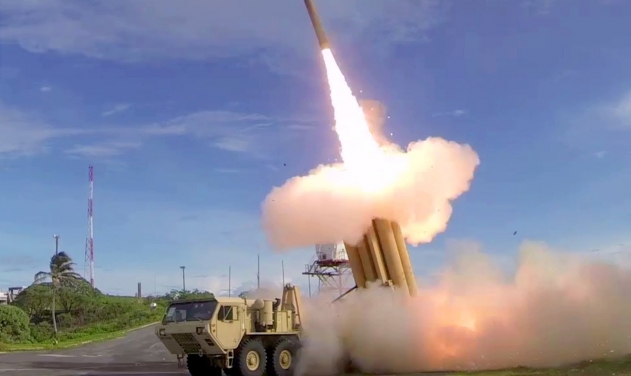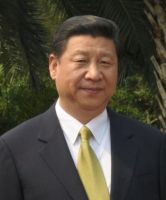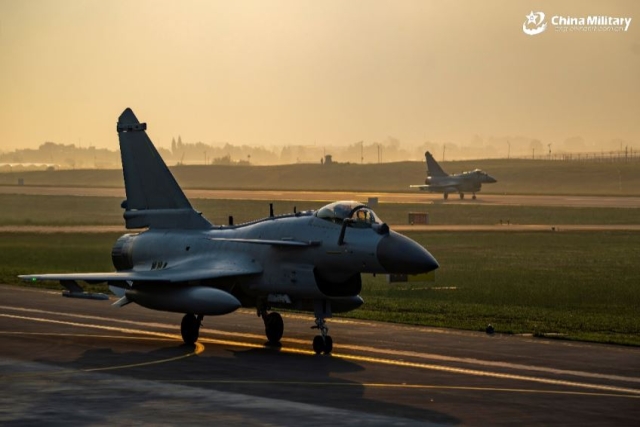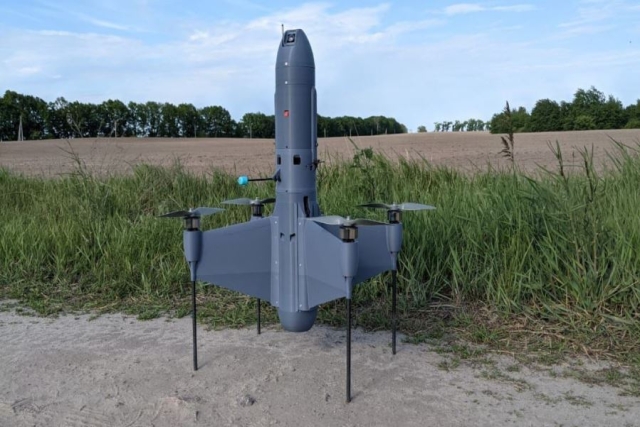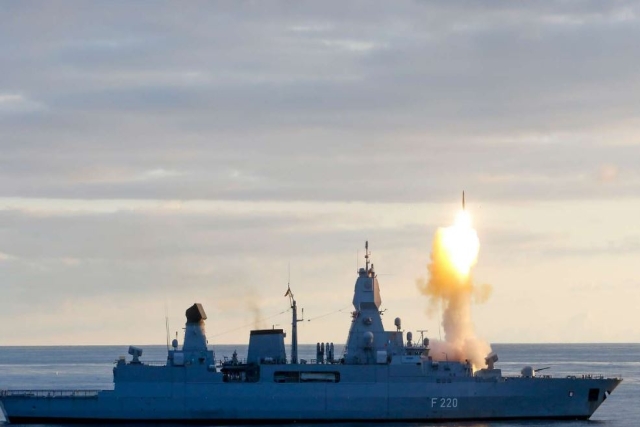Asian Nations Accelerating Missile Race

Asian nations are acquiring or modernizing missile defense capabilities to match emerging threats from their neighbours in turn accelerating a missile race in the region.
The Japanese government on Monday decided on a plan to develop land-to-sea missiles with a range of 300 km (186 miles) to protect the nation’s isolated islands, including the Senkaku against Chinese ‘encroachment’ plans. The government plans to deploy the missiles by March 2024. China claims the disputed Senkaku Islands as part of its territory while Japan sees it as part of its territorial waters.
Japan and South Korea
Japan is also worried about the rising threat from North Korea. Earlier this month, North Korea fired a mid-range Rodong missile with a range of 800 miles which plunged into the sea after flying 620 miles between North Korea and Japan. The missile has enough range to target Japan.
Japan has expressed support for South Korean plans to deploy Terminal High Altitude Area Defense (THAAD) system under the pretext of North Korea’s repeated ballistic missile and nuclear weapons tests.
Japan, South Korea and the US have an agreement in dealing with North Korea. US on Monday approved a $490 million contract to deploy Aegis ballistic missile defense system to Japan and South Korean destroyers. Japan also relocated its land-based Patriot PAC-3 rocket interceptor battery to South Korea in June this year. It is also upgrading its Patriot missile systems in time for Olympics in 2020.
Aegis will join the next three South Korean KDX-III Class destroyers, a multi-purpose destroyer with air and land defense and anti-submarine capabilities,” Lockheed Martin said in a statement.
The ships will be equipped with Aegis Baseline 9. The Aegis system includes Lockheed Martin's SPY-1 multi-function radar system. When paired with the MK 41 Vertical Launching System, it is capable of delivering missiles for every mission and threat environment in naval warfare, the company said.
South Korea is devising a plan to increase the number of short range Hyunmoo 2A and 2B ballistic missiles in its inventory. The 2A missile has a maximum range of 300 km and the 2B has a range of 500 km. The Hyunmoo 3 cruise missiles has a range of 1000 km. South Korean missiles generally have shorter ranges but are much more accurate than their North Korean counterparts, Yonhap news agency reported quoting unnamed sources as saying Sunday.
South Korea also plans to deploy "jamming proof" Taurus air-to-ground guided missiles that can be carried on its F-15K fighters. The Taurus, which is 5.1 meters long and weigh 1,400 kilograms has a range of over 500 km. The system has a 480 kg warhead and can fly as low as 40 ms off the ground at a speed of Mach 0.95 that can allow it to evade enemy radar.
North Korea
The North may have 30-50 Musudan intermediate-range ballistic missiles and 30 Transporter Erector Launchers (TEL), with the latest reports indicating the deployment of the North's KN-08 long-range missiles. The Intermediate Range Ballistic Missiles (IRBM) could reach US bases in the Pacific, such as in Guam. The North has fired off six Musudan missiles so far, with only one being viewed as partially successful, the agency reported.
North Korea launched two short-range Scud missiles and one Rodong intermediate-range missile in response to Seoul-Washington’s decision to deploy THAAD to South Korea in July this year.
Chinese Missiles
Despite assurances from Washington to Beijing over THAAD deployment in South Korea, the partnering of Japan might not convince China. China argues that the anti-missile system includes radars ranging far beyond the Korean peninsula.
China is working on an equivalent of the US Aegis marine missile defense system in partnership with Russia.
In April, Russia successfully carried out the first test flight of a hypersonic Yu-71 glider launched with the use of an RS-18A strategic ballistic missile in the Orenburg Region in the Ural Mountains. The missile accelerated up to 7,000 MPH, Sputnik reported Wednesday.
Three days later, China conducted a similar experiment, launching its DF-ZF hypersonic glider from atop a missile traveling at speeds up to 7,672 miles per hour, the news report said.
China is building three more analogue missiles; HQ-9B, HQ-19 (similar to THAAD), HQ-26 (Standard Missile-3 counterpart) and HQ-29 (similar to PAC-3 missiles) primarily designed for anti-ballistic missile capabilities.
China has made advance payments to procure four to six S-400 long-range anti-aircraft missile systems from Russia in March this year. The first batch is scheduled to arrive in the first quarter of 2017.
Each S-400 unit consists of eight surface-to-air missile launchers, each equipped with 32 missiles.
